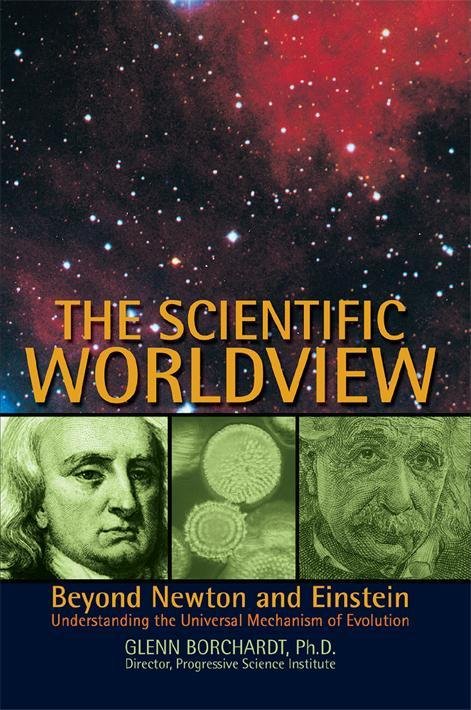Blog 20150722 by Demetri
Markou and Glenn Borchardt
Demetri Markou
wrote:
“Space is the Aether. In which
particles wink in and out of existence. We have successfully entangled virtual
particles, potential particles, and brought them into this 3d reference frame.
This phenomena is called the Dynamic Casimar effect.
If that is true, then one has to wonder, if there is a mechanism, where particles can be leaking in, to cause the expansion. Such as, there is no such thing as dark matter. That there is only a potentiality for matter to come into existence, thus causing the expansion.”
[GB: Thanks so much for the comment
Demetri. I agree that space contains aether particles, but do not agree with
the mainstream that they “wink in and out of existence.” That was the theme of
Krauss’s recent book, which we reviewed here:
Krauss, Lawrence Maxwell, 2012, A universe from nothing: Why there is
something rather than nothing: New York, Free Press.
I have no idea how
there could be such “things” as “virtual particles” or “potential particles.” In
Infinite Universe Theory, all particles are portions of the universe and have xyz
dimensions no matter how tiny. A particle is a particle, and there is nothing
virtual about it. Infinite Universe Theory presupposes that matter is
infinitely subdividable per the Eighth Assumption of Science, infinity
(The universe is infinite, both in the microcosmic and macrocosmic directions).
In addition, we use the Fifth
Assumption of Science, conservation
(Matter and the motion of matter can be neither created nor destroyed). The
upshot is that we speculate that large particles are complexes of small
particles ad infinitum. While we can have
no final, complete proof of that, we see that type of complexification in everything
composed of baryonic (ordinary) matter. We see this as preferable to “virtual
particles,” which might be imagined to be particles or might be imagined to be
nothing at all. What Krauss proposes is based on the opposing assumption, creation. Aside from religious folks, modern
physicists, and cosmogonists, creation
normally is not invoked in science.
Those who believe in universal expansion and a finite universe, sometimes
try to handle the “something rather than nothing” contradiction by invoking creation.
That is what Hoyle did when he proposed his steady state theory:
Hoyle, Fred, 1956, The steady-state universe: Scientific American, v. 195,
no. 3, p. 157-166.
He tried to account for expansion by proposing the creation
of one hydrogen atom per cubic meter of space per 500 billion years. Whether
one invokes creation up front, as
with the Big Bang Theory or at a later time as Hoyle and Krauss did, it is
still a violation of the Fifth Assumption of Science, conservation, otherwise
known as the First Law of Thermodynamics.
Note also that “nothing” is the same as perfectly
empty space, which is an idealization. It is one end member in the solid
matter-empty space continuum that we use to understand the universe. Neither “perfectly
solid matter” nor “perfectly empty space” can exist. We use idealizations all
the time in science, but we do not believe that they actually exist. This is
yet another reason to believe that the universe is infinite and eternal—there is
no place that could contain absolutely nothing, from the infinitely large to
the infinitely small. In other words, nonexistence is impossible.
BTW: Dark matter does
exist. There is no reason for all matter to be luminous. In particular, note
that dark matter (mass discrepancy) is present only in rotating galaxies.
Nonrotating galaxies do not have the discrepancy. As shown in our latest book (Puetz,
Stephen J., and Borchardt, Glenn, 2011, Universal cycle theory: Neomechanics of
the hierarchically infinite universe: Denver, Outskirts Press, 626 p.) and in
the video demonstration on the PSI
website, vortex formation tends to separate microcosms based on size and
density per Stokes Law. Distal objects consisting of baryonic matter would be too
small to detect. Some could even be exoplanets without companion stars.]










No comments:
Post a Comment